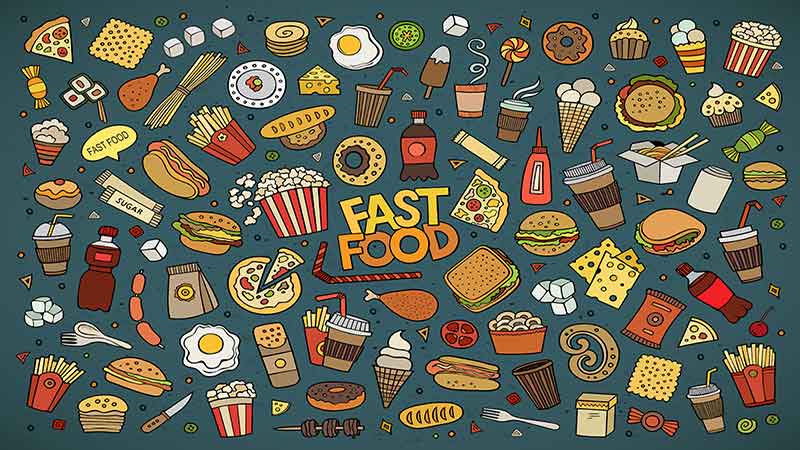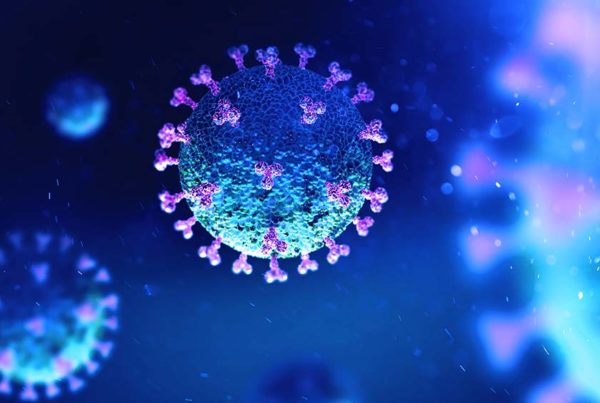
Armed with deception, backed by the government and sometimes disguised as “health food,” junk-food companies just keep growing.
Like screenwriters creating a bad sci-fi movie where the monster just won’t die but keeps morphing into an even more heinous beast, marketing geniuses in the junk-food industry are even now crafting deceptive new messages to make you think their latest products are healthy.
This script is nothing new. The health-food industry has a long unhealthy history of deception — most of its products are junk food in disguise.
What’s this it says on the package? “Organic.” Vegan,” “Gluten-free.” “No Artificial Additives.” “No Sugar Added.” Some of these claims may or may not be true, and even if they are it doesn’t mean the product inside the package is something you should put in your body.
From processed cereals, snacks, and sodas, to a wide array of dietary supplements, common unhealthy ingredients have been part of the health-food sector for decades with most of these items made by government-subsidized junk-food manufacturers. To cope with consumer’s increased awareness of unhealthy ingredients, companies play the label game to trick consumers while claiming they’re making healthier food.
The result: A recent study (JAMA Intern Med 2016) found that more than half of Americans’ calories come from subsidized highly processed junk foods.
With the appearance of governmental pressure to reduce unhealthy food products, Big Sugar, the primary driver of junk food sales, keeps quietly compensating, posturing with new messages to allay concerns of consumers. They pretend they want to make healthier products, portray an image that they care about the effects of unhealthy food, all the while denying this connection between their products and ill health even exists.
Big Sugar has two big allies. First are governments, which through subsidies and other programs promote a burger, fries and soda to be much cheaper than a healthy salad with salmon. Second are the billions of sugar-addicted consumers whose taste buds make lettuce and other vegetables taste too bitter, but whose brains reward them with a pleasant sensation at the taste of anything sweet.
New and Improved Junk Food
Reformulation of a successful product or the introduction of new ones involves creating new packaging to better disguise a food as natural and healthy. This may involve a small reduction of sugar, or make it appear that way by manipulating the ingredient list, or removing an ingredient with the word “artificial” in it. Companies promote these so-called product improvements, pretending to be interested in the health of the world. It’s political posturing 101.
Nestle is an example of a company that has been posturing for a long time. The junk food conglomerate pretends they want reformulation guidelines for their products from “experts” in industry and government — essentially they want scientists to tell them how to make better junk food. Of course, they don’t ask clinicians. Then they claim to voluntarily make healthier junk food, marketing the idea that they are leading the charge for a healthier world. They’re not. They’re just making junk food different than what it’s been, and transforming how people view junk food as a way to keep selling it. New and improved does not mean healthier.
The entire junk food industry is doing it, each company trying to improve its image. From fast food restaurants, where meals are appearing healthier but they’re not, to breakfast cereals. General Mills, for example is removing artificial flavors and colors from its cereal — but it’s essentially the same junk food.
Junk food companies also employ scientists who are directed to publish scientific papers as part of the game. A recent one touting proposed industry food reformulations as an improvement (Gressier M et al. Am J Clin Nutr. 2017), with a conflict of interest statement in the small print, illustrates how Big Sugar continues to infiltrate the halls of science.
Another industry tactic is to use the perception that ingredients other than sugar are bad, and replacing them with new and improved versions gives the perception that “we want to make healthier food.”
The recent trend of removing some artificial flavors and colors from junk food, such as processed cereals still containing added sugars, won’t really help your health. Yet, millions of consumers erroneously believe this new wave of junk food is a better choice. Obviously, the primary harm to one’s health comes primarily from the sugar and refined flour, not artificial flavors and colors. Companies are following the results of consumer marketing, where certain artificial ingredients are health hot buttons. This makes the appeal to consumers more emotional than nutritional.
Artificial ingredients are long known to be unhealthy and are more vaguely defined — they can include artificial colors, flavors, or preservatives, and other synthetic substances such as fake vitamins.
The government-mandated fortification program, which promoted the addition of artificial synthetic vitamins to junk food, made unhealthy foods appear more natural and nutritious. The same problem is found in most dietary supplements sold by health food stores and other retailers — their ingredients often contain various junk ingredients. In addition to unwanted additives, sometimes even sugar, they typically contain low-quality synthetic vitamins made by drug companies.
Government Junk Food
A recent study (JAMA Intern Med 2016) found that more than half of Americans’ calories come from subsidized highly processed junk foods. Karen Siegel, from the Centers for Disease Control and Prevention, and colleagues, found that diets full of these cheap subsidized foods were low in quality, and low in fruits and vegetables. The authors state that, “One potential policy lever for addressing this need may be to shift agricultural subsidies toward the production of healthier crops, such as fruits and vegetables.”
It’s simple: Bring down the cost of healthy food to help people eat more of it, reducing the risk of being overfat and preventing chronic disease. And stop funding junk food. Those who eat the most subsidized foods had a 41 percent greater risk of being overfat, with higher risks for chronic inflammation and abnormal cholesterol. But as studies show, price-reductions could significantly lead to people buying and eating more fruits and vegetables, with equally significant reductions in disease.
While steering clear of artificial additions in our foods can be overwhelming, especially because manufacturers keep finding better ways to disguise them, there’s a simple remedy: Avoid most packaged foods. It’s been shown that about 75 percent of packaged foods contain added sugar, often cleverly hidden.
Packaged foods may seem less expensive, but they’re usually not, especially in the long run when you add the cost of ill health. They might appear convenient; however, we get what we pay for from a nutritional standpoint, and spending a few more minutes making a meal from scratch is easier than you think.
Partial bibliography
Pearson-Stuttard J, et al. Comparing effectiveness of mass media campaigns with price reductions targeting fruit and vegetable intake on US cardiovascular disease mortality and race disparities. Am J Clin Nutr. 2017;106(1):199-206.
Gressier M, et al. Modeled dietary impact of industry-wide food and beverage reformulations in the United States and France. Am J Clin Nutr. 2017;106(1):225-232.
Siegel KR, et al. Association of Higher Consumption of Foods Derived From Subsidized Commodities With Adverse Cardiometabolic Risk Among US Adults. JAMA Intern Med. 2016;176(8):1124-32.
Franck C, et al.
Agricultural subsidies and the American obesity epidemic. Am J Prev Med. 2013;45(3):327-333.








